Embarking on the construction of a container home is an adventure that blends creativity with practicality.
As sustainable living and unique architectural designs gain popularity, many prospective homeowners are turning towards shipping containers as a basis for their dream homes.
However, navigating the complexities of building codes, zoning laws, and permitting can be a daunting task.
Experienced container homeowners have found a selection of random but incredibly useful items and strategies to streamline the approval process and ensure their projects stay on track.
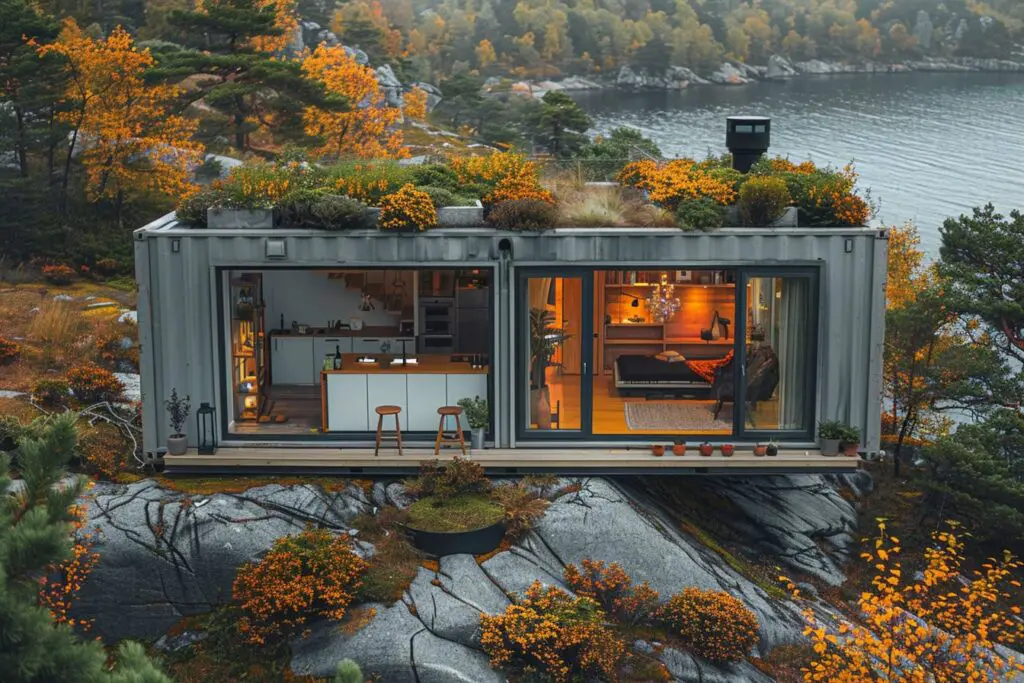
These items range from the utilitarian to the unexpected, each serving a purpose in overcoming the hurdles often encountered during the construction phases.
Adapting to the challenges requires a combination of conventional construction know-how and out-of-the-box thinking.
Whether it’s utilizing specialized tools to ensure the containers meet structural requirements or employing innovative materials for insulation and energy efficiency, each element plays a critical role in the successful completion and approval of a container home project.
Gaining insight from those who have successfully navigated the container home building process, one uncovers invaluable pieces of advice for transforming robust steel boxes into comfortable, habitable spaces.
They also shed light on the importance of aligning with local building authorities to ensure that the home is not only unique but also safe and compliant with all necessary regulations.
1- Laying the Foundation for Approval
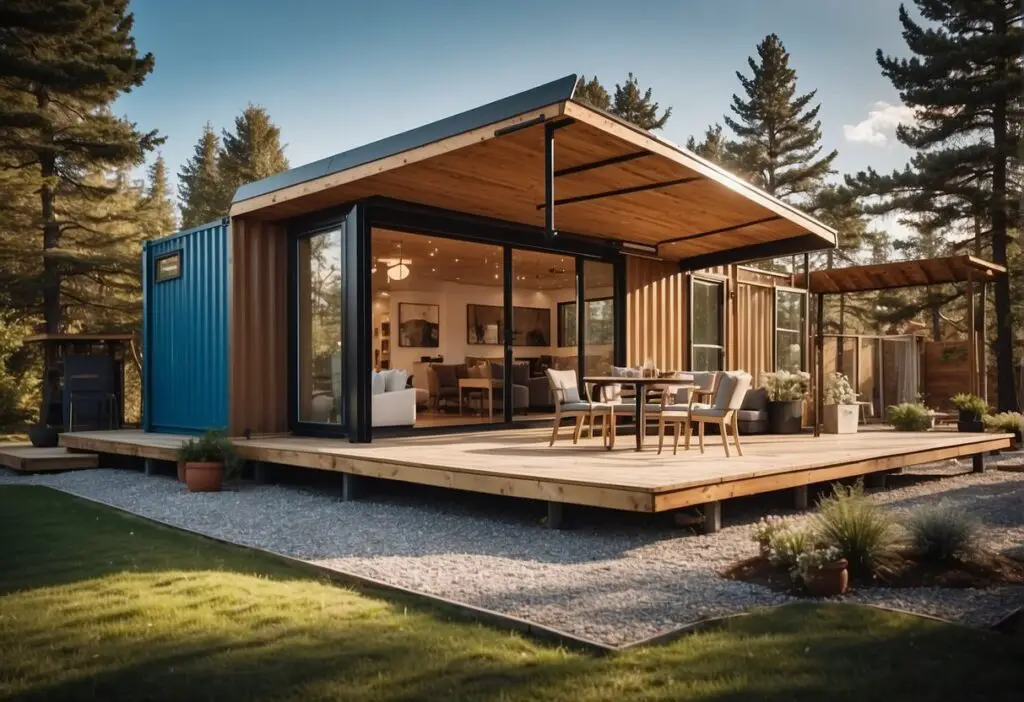
Before any container home project can break ground, attaining approval from local authorities is paramount. This involves a thorough understanding of zoning regulations, aligning the home’s design with the community aesthetic, and actively engaging with neighbors.
Understanding Zoning and Building Codes
Container home enthusiasts must diligently research and comply with local zoning and building codes.
These regulations ensure that the structure is up to standard, focusing on elements of safety and proper land use.
One should thoroughly analyze codes related to structural integrity, fire safety, and sanitation to ensure that their container home project aligns with legal requirements.
Moreover, it’s wise to document this compliance meticulously when submitting an application for project approval.
Design Harmonization
While innovation in home decor and style is often celebrated in container home construction, successful project approval frequently depends on the design’s harmony with existing neighborhood aesthetics.
Container homeowners should balance innovative design with the architectural norms of the area.
An investment in professional design services might be beneficial to create a home that reflects both personal style and communal values, thus enhancing the likelihood of passing the approval process.
Community Engagement
Early and transparent community engagement can pave the way for smoother project approval.
Organizing meetings to discuss project plans and schedules and addressing any concerns about potential clutter or disruption demonstrates respect for one’s future neighbors and can alleviate tensions.
Showing how the project can be beneficial as an investment to the community might also garner support and facilitate the approval process.
2- Maximizing Functionality
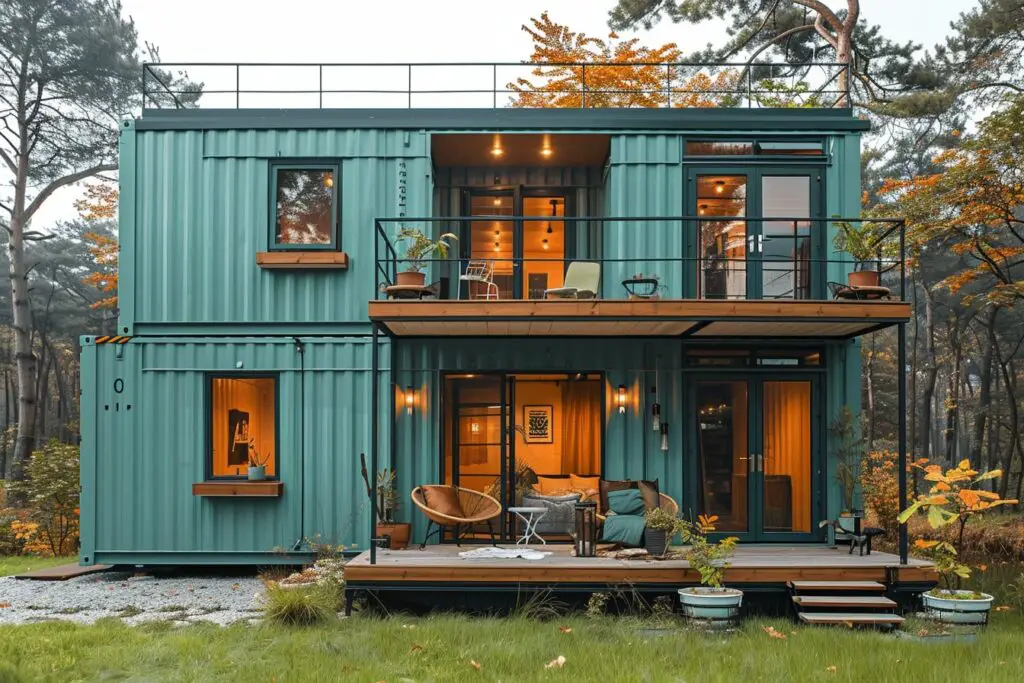
When designing a container home, homeowners prioritize efficiency to ensure every inch of space is utilized to the fullest.
Strategic planning is integral to enhancing the functionality of living spaces within the compact confines of shipping containers.
Efficient Use of Space
To maximize functionality, container homeowners recommend investing in multipurpose furniture and built-ins that can serve various needs.
For instance, a wall bed can transform a bedroom into an office during the day, while modular sofa sets can offer hidden storage options.
In the kitchen, they suggest using compact appliances that are designed for smaller spaces and opting for cookware that can nest or fold to save on storage space.
Container homeowners frequently utilize vertical space by installing high shelves and hanging tools in the garage area, leveraging wall-mounted systems for organizing.
The bathroom benefits from recessed cabinets and corner fixtures to avoid consuming valuable floor space.
For storage solutions, they often turn to under-bed containers, over-door organizers, and stackable bins which make excellent use of limited square footage.
They carefully select these storage tools to avoid clutter and maintain a clean, unobstructed space.
Maximizing the functionality within a container home extends to the choice of kitchen fittings as well.
A deep, single basin sink with integrated cutting boards and colanders can reduce the need for additional counter space while preserving the kitchen’s aesthetic and usefulness.
Integrating smart home technology can further enhance the functionality of container homes.
Digital assistants, smart lighting, and appliances that can be controlled via smartphone apps not only save space but also provide elevated levels of convenience.
3- Incorporating Technology
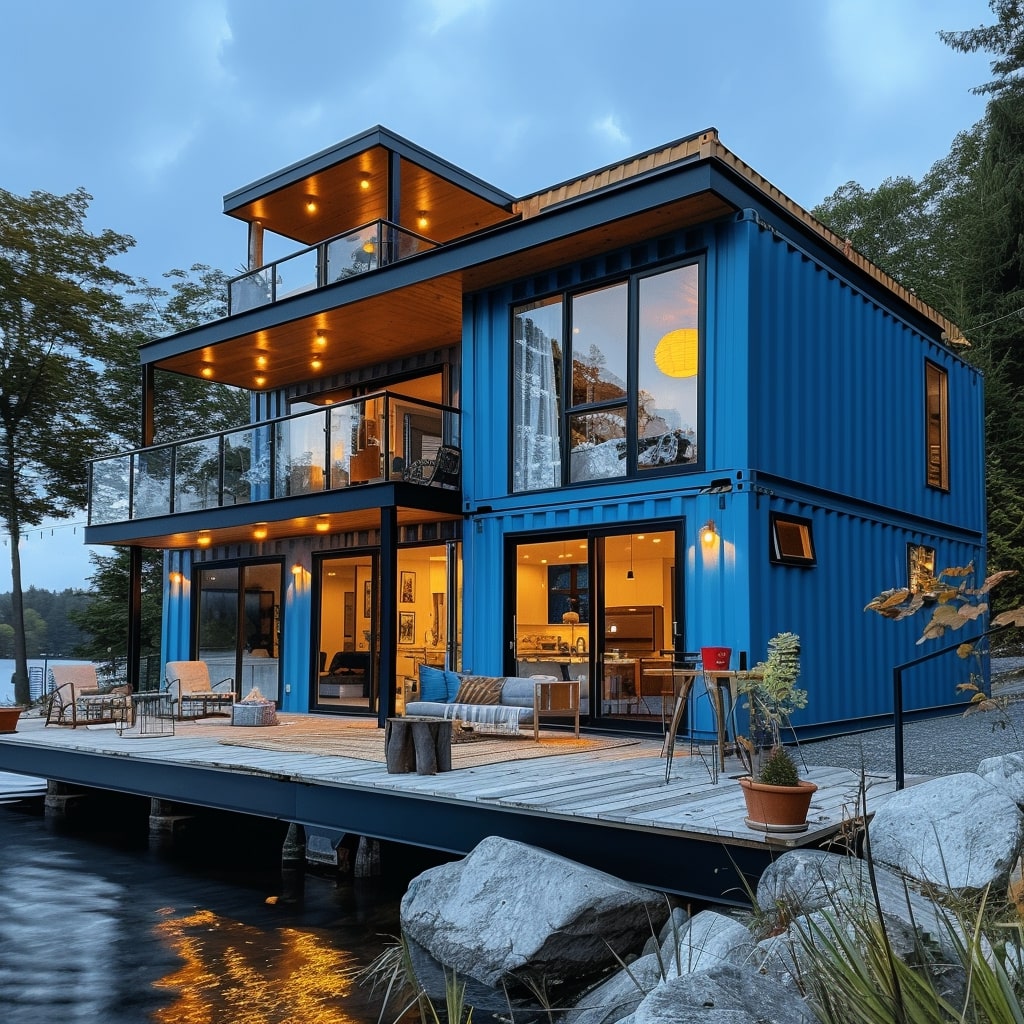
In the realm of container homes, technology integration stands as a vital consideration, both for enhancing day-to-day living and for facilitating the approval process of building projects.
Homeowners often report that a well-thought-out tech infrastructure can significantly streamline a container home’s functionality and appeal.
Energy Management
Integrating energy management solutions is a key aspect of modern container homes.
Homeowners frequently utilize smart plugs to monitor and control energy usage across a variety of devices, from smartphones to tablets.
Moreover, the adoption of innovation in solar charging systems allows for a more sustainable energy footprint. A typical setup might include:
- Solar panels that harness energy, with an efficient charger system.
- Smart plugs to automate and regulate power consumption.
- A cable management box to securely house and organize connections.
These systems not only save on energy costs but can be monitored and altered remotely via connected devices.
Home Automation Gadgets
The use of home automation gadgets in container homes brings a layer of convenience and security that many modern homeowners seek.
This can range from smart doorbells with integrated cameras to streaming devices that connect seamlessly with various forms of media. Key gadgets in a highly automated container home might include:
- Tablets or smartphones, serving as a central control for the smart home ecosystem.
- Cable organizers to maintain a tidy and hazard-free environment.
- Devices like smart thermostats and connected security cameras that offer both control and peace of mind.
By incorporating such technology, container homeowners are able to create living spaces that are not only efficient but also technologically aligned with contemporary lifestyles.
4- Interior and Exterior Aesthetics
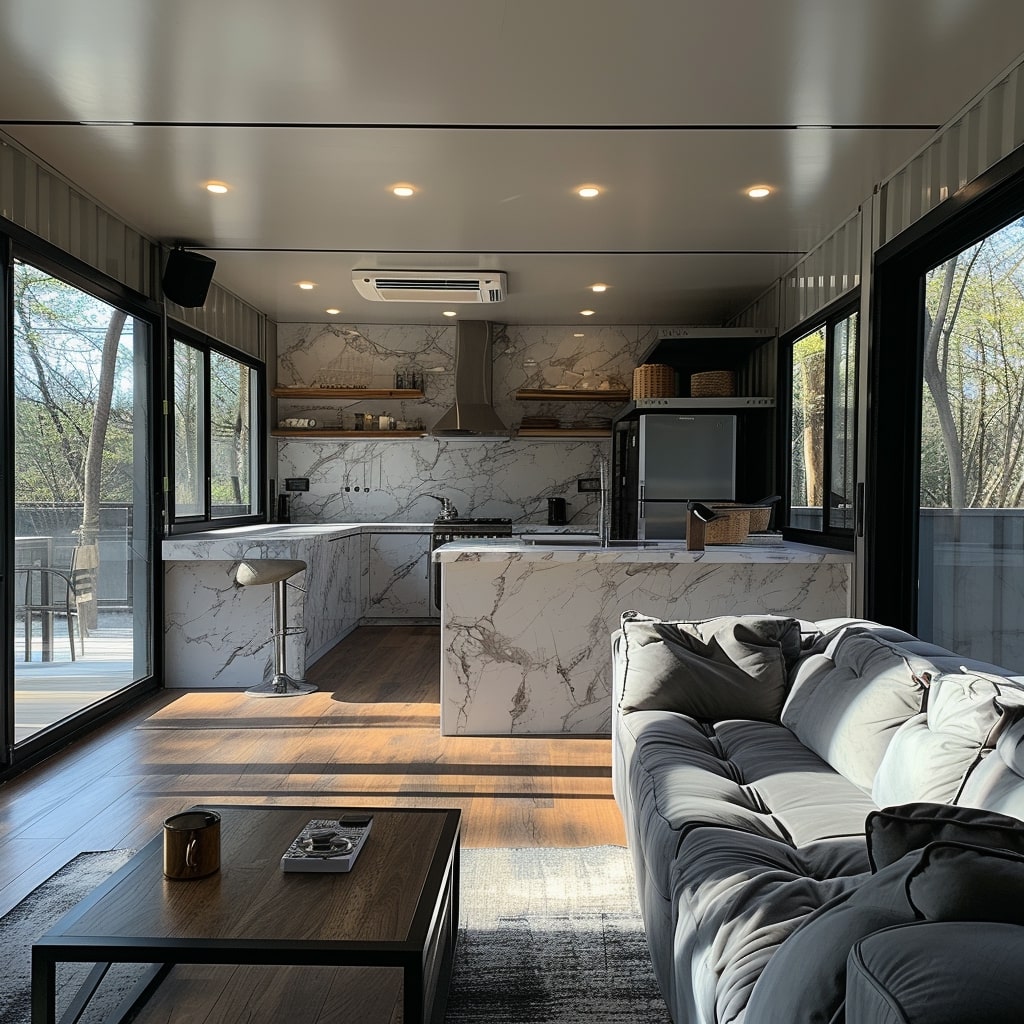
In the realm of container home projects, approval hinges on more than just functionality; the visual appeal of both interior and exterior environments is paramount.
Homeowners who find success in their projects often attribute it to meticulous design choices that reflect both personal style and respect for the surrounding landscape.
Style and Decoration Choices
Container homeowners often select their interior design based on a cohesive aesthetic that complements the unique structure of container homes.
From embracing minimalism with clean lines and functional furniture to capturing an industrial vibe with raw, exposed structural elements, they ensure that style remains consistent throughout the home.
Furniture is chosen not just for its look but for its dual-role providing both form and function, substantial in organizing and enhancing the living space.
- Furniture: Multi-functional pieces
- Home Decor: Cohesive with overall aesthetic
- Cleaning: Easy-to-maintain surfaces and materials
Outdoor Living Spaces
For the exterior, container homeowners swear by creating outdoor living spaces that blend seamlessly with their homes.
They achieve this through strategic gardening plans and integrating outdoor features that echo the home’s interior design.
Use of sustainable materials in decking, furniture, and even the selection of plants, reflects a commitment to eco-friendly living, a common theme found in the container home community.
- Sustainability: Eco-friendly materials and plants
- Tech & Innovation: Smart outdoor lighting; rainwater harvesting systems
Lighting Considerations
Lighting plays a crucial role in both the form and function of container homes.
Homeowners favor innovative tech solutions like smart LED systems for their adaptability and energy efficiency.
Proper lighting placement inside can make small spaces appear larger, while outside, lighting can highlight architectural elements and increase home security, simultaneously enhancing the style and safety of the property.
- Interior: LED lights for energy efficiency
- Exterior: Motion-sensor and solar-powered lights
5- Health and Safety Measures
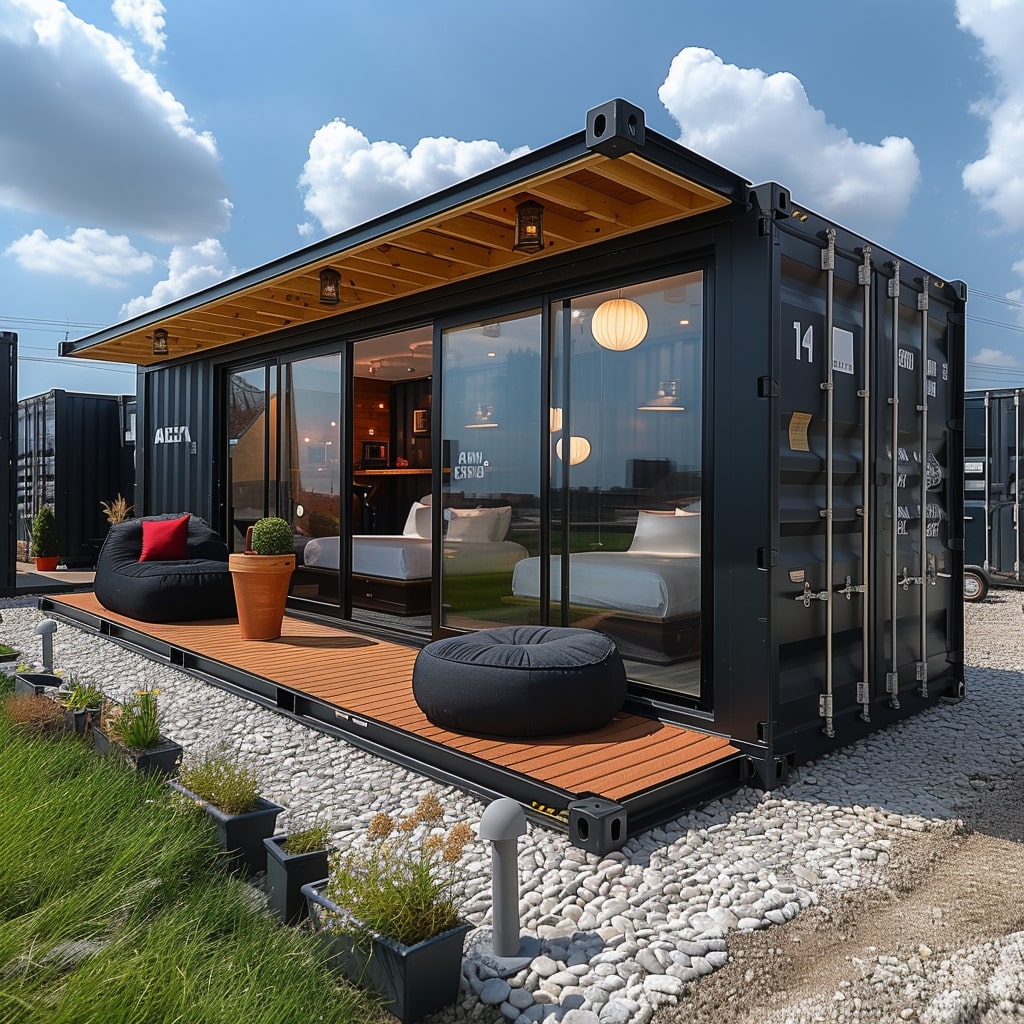
In the domain of container home living, health and safety are paramount. Owners must be vigilant in choosing materials and preparing for emergencies to ensure both the short-term and long-term well-being of occupants.
Toxicity and Material Safety
When constructing container homes, homeowners must be particularly cautious about the materials used.
Flooring, often composed of wood in shipping containers, can contain chemicals such as pesticides. These materials pose health risks and require careful selection or replacement.
Material safety extends to paints and coatings, where harmful substances like phosphorous and chromate may be present. Hence, opting for non-toxic, environmentally-friendly alternatives is crucial.
Emergency Preparedness
Container homeowners should not overlook the significance of emergency readiness.
This includes having an actionable plan and tools like a survival bracelet which serves both a functional and safety purpose during unexpected situations.
Such preparedness is essential not just for immediate crises but also contributes to the overall fitness and health of residents by ensuring that beauty and dental routines are not disrupted due to emergencies.
It’s non-negotiable that safety measures such as smoke detectors and fire extinguishers be installed and maintained regularly.
6- Lifestyle Integration
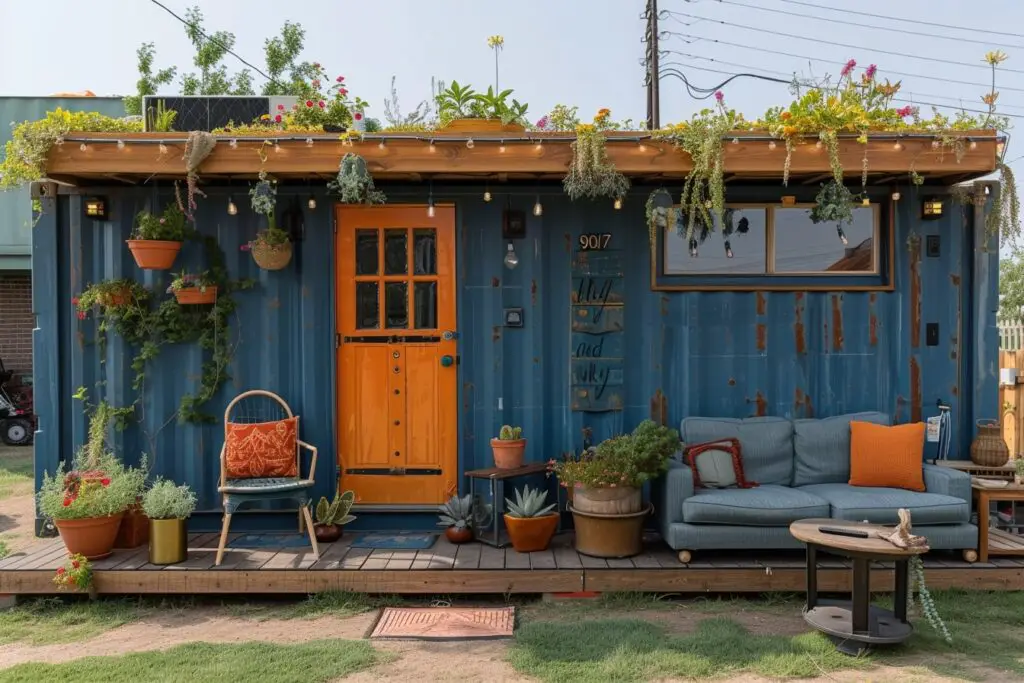
Integrating a container home into one’s lifestyle requires thoughtful consideration of daily activities and needs.
While a smaller footprint may necessitate more efficient use of space, it also provides an opportunity to create a living environment tailored to specific preferences, from cooking habits to pet care.
Pet-Friendly Features
Container homeowners often recommend incorporating pet-friendly features into the design to ensure the health and happiness of their furry companions.
They suggest installing easy-to-clean surfaces to aid in cleaning up after pets, especially in areas prone to messes such as the kitchen and near litter boxes.
Durable flooring materials like treated concrete or tile can resist scratches and simplify maintenance.
For those who love to cook, creating a kitchen space with cookware storage solutions that keep pets safe is essential.
This might include lockable cabinets to store potentially dangerous items like knives and lower shelves for pet food and accessories, minimizing the chance of accidents.
Container homeowners also recognize the need for dedicated spaces for fitness routines, which might share functionality with a pet’s play area.
Use of foldable equipment can make the best use of the available space, providing room for both exercise and pet activities.
In terms of beauty routines, they suggest built-in storage in the bathroom to keep products out of reach of pets. This not only maintains a tidy space but ensures the safety and health of pets who might be curious about bottles and containers.
7- Legal and Financial Planning
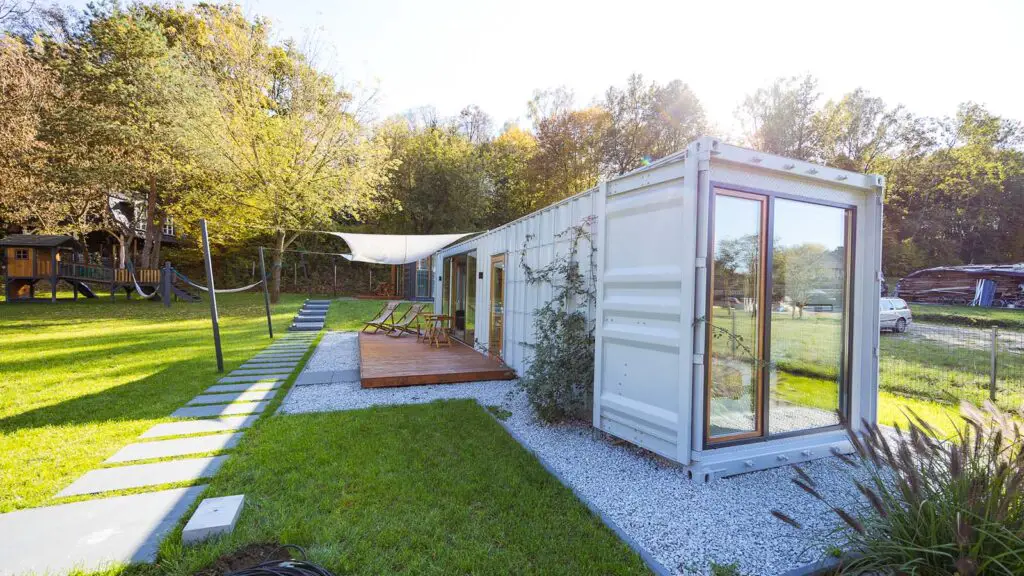
When embarking on the construction of a container home, thorough legal and financial planning is indispensable.
Homeowners must navigate zoning laws and budget constraints to transform a shipping container into a practical and habitable space.
Budgeting for Your Container Home
Firstly, prospective container homeowners need to detail a comprehensive budget.
Cost considerations involve purchasing the container, shipping it to the desired location, and preparing it for habitation.
The acquisition phase includes the container’s price and any associated transport costs. These costs can fluctuate based on distance and logistics complexities.
Budget Planning Table:
| Expense Category | Estimated Cost Range |
|---|---|
| Container Purchase | $1,500 – $3,000+ |
| Shipping & Handling | $500 – $2,000+ |
| Site Preparation | $1,000 – $5,000+ |
| Construction & Labor | $10,000 – $50,000+ |
| Interior Finishings | $5,000 – $20,000+ |
| Utilities & Hookups | $2,000 – $10,000+ |
Note: These figures are estimates and may vary based on location and market changes.
Careful planning must also account for the cost of retrofitting containers for living purposes.
This includes insulation, installation of energy-efficient windows and doors, electrical work, plumbing, and interior finishes.
Those seeking an energy-efficient lifestyle may also consider additional investments in sustainable technologies.
For example, solar panels or green roofs can influence upfront costs.
Legal expenses relate to ensuring that the container home meets local building codes and regulations.
Workers and materials also represent a considerable portion of the investment.
Homeowners should keep in mind potential travel expenses if overseeing the project requires visiting various sites or suppliers.
Furthermore, container homes are often seen as an investment. Therefore, allocating funds for potential resale enhancements—like curb appeal and modern amenities—is prudent.
